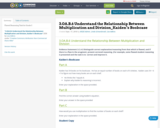
Flawed Reasoning Task for Grade 3
- Subject:
- Education
- Elementary Education
- Mathematics
- Material Type:
- Activity/Lab
- Date Added:
- 08/13/2018

Flawed Reasoning Task for Grade 3
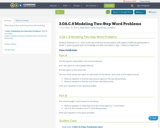
This task provides students practice with modeling.
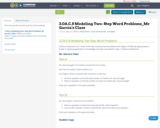
This task provides students practice with modeling.
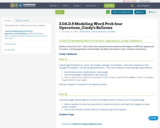
This task provides students with practice modeling.

This chain of reasoning task address 3.OA.8
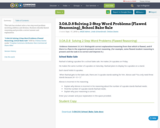
This task has student solve a two step word problem involving addition and division. Students identify flawed reasoning and provide a correct answer and explanation.
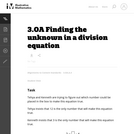
This is a task from the Illustrative Mathematics website that is one part of a complete illustration of the standard to which it is aligned. Each task has at least one solution and some commentary that addresses important asects of the task and its potential use. Here are the first few lines of the commentary for this task: Tehya and Kenneth are trying to figure out which number could be placed in the box to make this equation true. Tehya insists that 12 is the only number...
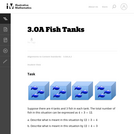
This is a task from the Illustrative Mathematics website that is one part of a complete illustration of the standard to which it is aligned. Each task has at least one solution and some commentary that addresses important asects of the task and its potential use. Here are the first few lines of the commentary for this task: Suppose there are 4 tanks and 3 fish in each tank. The total number of fish in this situation can be expressed as $4 \times 3 = 12$. Describe what is m...
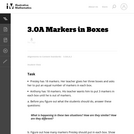
This is a task from the Illustrative Mathematics website that is one part of a complete illustration of the standard to which it is aligned. Each task has at least one solution and some commentary that addresses important asects of the task and its potential use. Here are the first few lines of the commentary for this task: Presley has 18 markers. Her teacher gives her three boxes and asks her to put an equal number of markers in each box. Anthony has 18 markers. His teach...
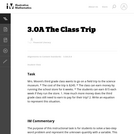
This is a task from the Illustrative Mathematics website that is one part of a complete illustration of the standard to which it is aligned. Each task has at least one solution and some commentary that addresses important asects of the task and its potential use. Here are the first few lines of the commentary for this task: Mrs. Moore’s third grade class wants to go on a field trip to the science museum. * The cost of the trip is \$245. * The class can earn money by runnin...

This is a task neutral proficiency scale for 3-PS2-1. Resources used to make this: NGSS.NSTA.org, Appendix E from the NextGenScience site and the actual performance expectations. This scale was created through collaboration with five elementary teachers.
Note: Proficiency scales assume learning progression. A student that can independently plan and conduct an investigation could be building off a collaborative investigation by changing their variables.
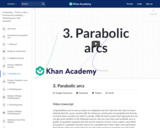
Are we really creating parabolic curves using this construction? Let's gain some insight first.
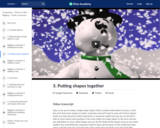
Use an array to store many objects as well as create any shape you can imagine. Click here to review objects.
![3 Questions to Employers [...] More Men Are Wanted to-Day. What Can You Do?](https://img.oercommons.org/160x134/oercommons/media/upload/materials/screenshots/materials-course-92927.png)
Poster is text only, inferring ways in which employers can encourage men to enlist. Poster no. 70. Title from item.

In this lesson, students expand their understanding of solid waste management to include the idea of 3RC (reduce, reuse, recycle and compost). They will look at the effects of packaging decisions (reducing) and learn about engineering advancements in packaging materials and solid waste management. Also, they will observe biodegradation in a model landfill (composting).
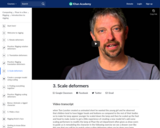
Now you can start scaling your shapes to make your lamp look younger.
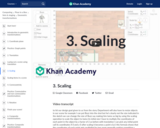
Next we need to explore the mathematics of scaling.

Now you are ready to start subdividing your own shapes with more than 4 points!
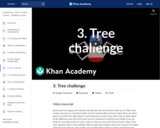
How can trees be combined to count robots with many parts?

These lesson plans and activities were developed by Janine Darragh, Gina Petrie, and Stan Pichinevskiy and were previously located on the Reaching for English app. Created for K-12 English teachers in Nicaragua, the materials may be used and adapted for any country's specific context and needs.